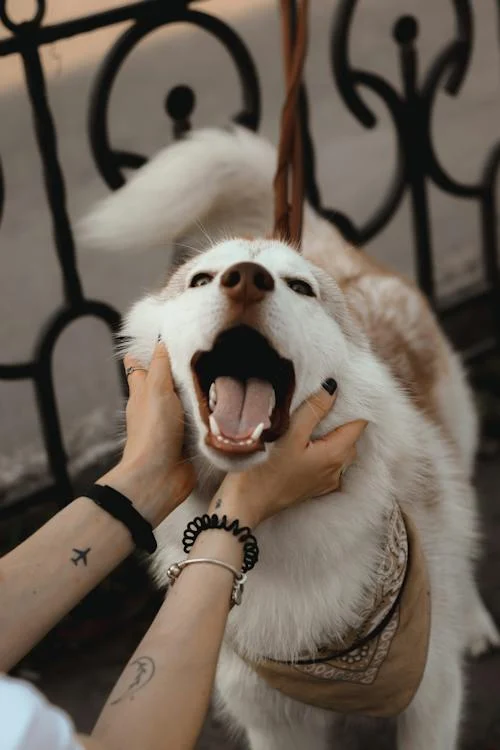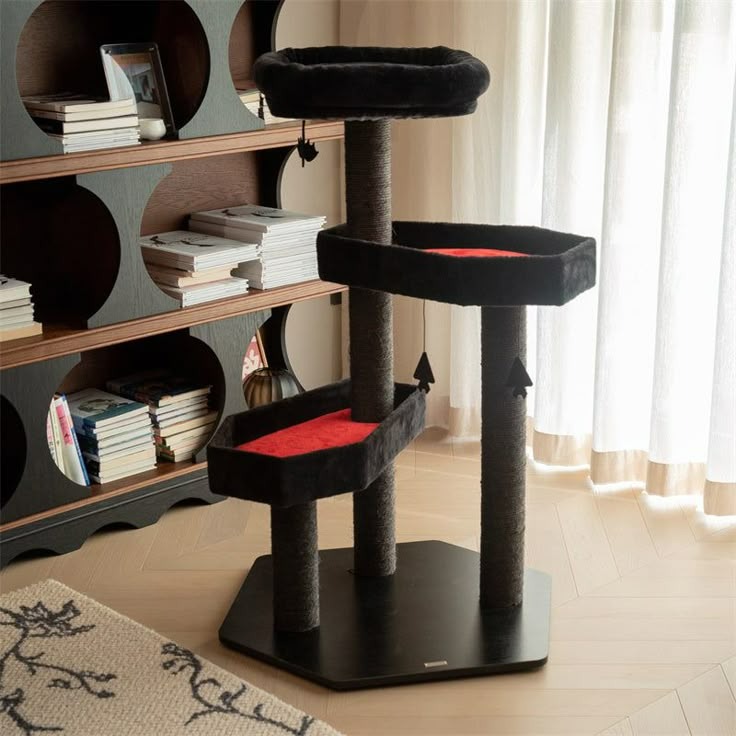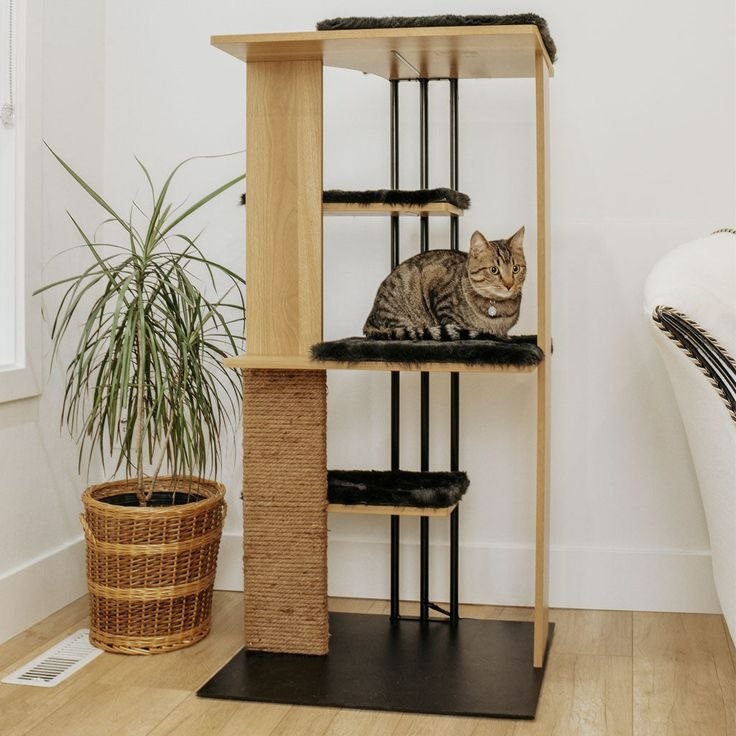Dogs are remarkable creatures that continuously communicate with us through their body language and behavior. One intriguing behavior that dog owners often observe is when their furry companions give them a side-eye glance. But what does it mean when a dog side-eyes its owner? In this article, we will explore the possible reasons behind this behavior and provide insights into the fascinating world of canine communication.

Understanding Canine Body Language
Dogs rely heavily on non-verbal cues to express their emotions and intentions. It is important for dog owners to pay attention to these signals to better understand their furry friends. Here are some key aspects of canine body language related to the side-eye behavior:
Eye Contact and “Side-Eye” Glances
Dogs use eye contact to convey various messages. Direct eye contact can indicate trust, affection, or a request for attention. On the other hand, side-eye glances occur when dogs turn their head slightly to the side but keep their eyes on their owner or a specific object. This behavior is often accompanied by other subtle body language cues.
Possible Reasons for Side-Eye Glances
1. Curiosity and Alertness:
Dogs are naturally inquisitive creatures, and a side-eye glance may simply indicate their interest in something happening around them. It could be a new sound, movement, or object that has caught their attention.
2. Wariness or Uncertainty:
In some cases, a side-eye glance from your dog may indicate a sense of wariness or uncertainty. They might be assessing a situation or feeling slightly cautious. This behavior is more common in dogs who have had negative experiences or lack socialization.
3. Submissive Gesture:
Dogs may also give side-eye glances as a submissive gesture towards their owners or other dominant individuals. It is their way of showing respect and acknowledging the higher status of the person they are interacting with.
Observing Facial Expressions
When trying to understand the meaning behind a dog’s side-eye glance, it is important to consider their overall facial expressions. Dogs have a wide range of facial expressions that can provide valuable insights into their emotions and intentions.
1. Relaxed Facial Muscles:
A dog with a relaxed face, open mouth, and soft eyes while side-eyeing their owner may simply be observing their surroundings without any specific concern or discomfort.
2. Tense Facial Muscles:
If your dog appears tense, with a furrowed brow, narrowed eyes, or a tight mouth while giving you a side-eye glance, it could indicate that they are feeling anxious or stressed. This may be due to a specific trigger, such as a loud noise or an unfamiliar person.
Context and Individual Differences
It is important to remember that every dog is unique, and their body language can vary depending on their breed, personality, and past experiences. The context in which the side-eye behavior occurs should also be taken into account. Observing the entire situation, including the dog’s body posture and any accompanying vocalizations, will help provide a more accurate interpretation of their behavior.
Building a Strong Bond with Your Dog
Understanding and interpreting your dog’s body language, including the side-eye glances, can strengthen the bond between you and your furry companion. Here are a few tips to foster a healthy relationship:
Positive Reinforcement
Reward your dog with treats, praise, and affection when they exhibit behaviors that you want to encourage. This will create positive associations and reinforce desired actions.
Socialization
Gradually expose your dog to various environments, people, and other animals to help them become more confident and comfortable in different situations. Proper socialization can reduce their tendency to feel uncertain and exhibit wary behaviors.
Professional Help
If your dog consistently shows signs of anxiety, stress, or displays aggressive behaviors, it is advisable to consult with a professional dog trainer or behaviorist. They can provide guidance tailored to your dog’s specific needs.
In conclusion, a dog’s side-eye glance can have various meanings depending on the context and the individual dog’s personality. While it may indicate curiosity, wariness, or submission, it is essential to consider the overall body language and facial expressions of your furry friend to gain a more accurate understanding. By paying close attention to their non-verbal cues and providing a supportive and positive environment, you can deepen your bond with your beloved canine companion.


